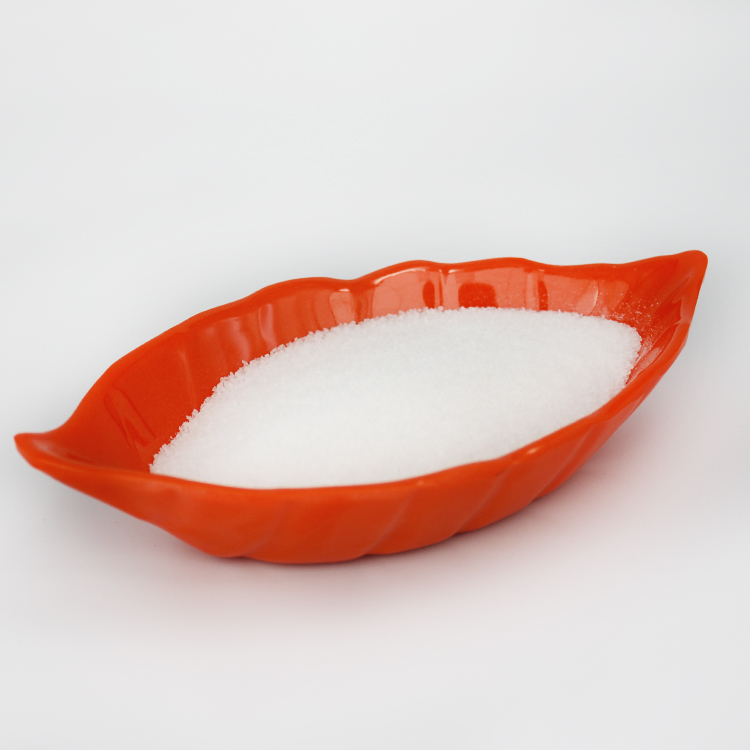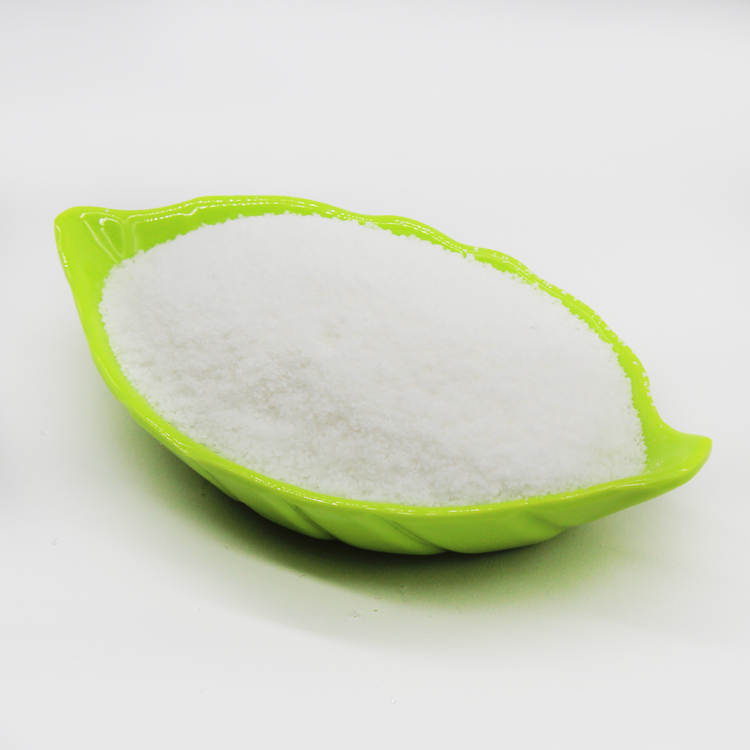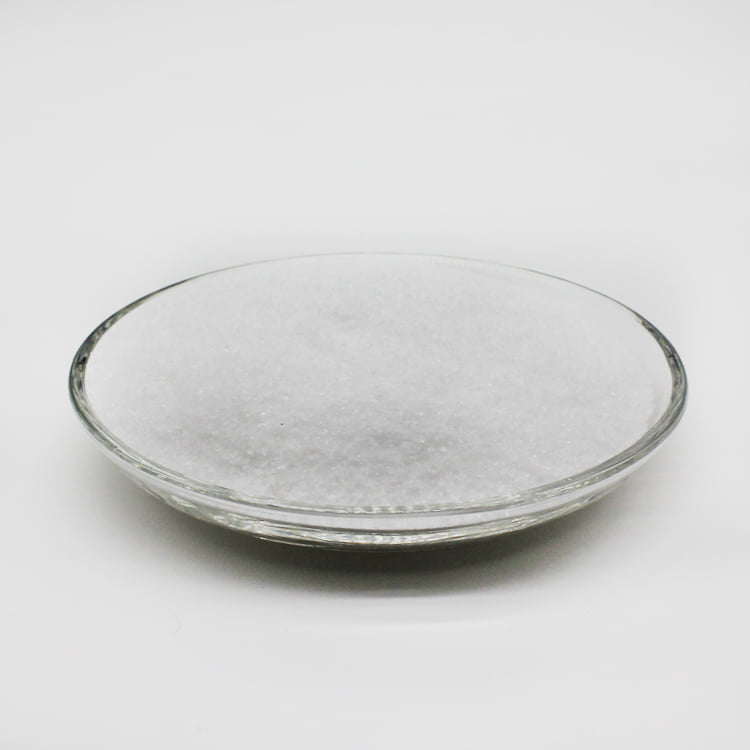Cationic Polyacrylamide CPAM
Cationic polyacrylamide (CPAM) is a linear polymer compound. Because it has a variety of active groups, it can be affinity and adsorb with many substances to form hydrogen bonds. It mainly flocculates negatively charged colloids, has the functions of turbidity removal, decolorization, adsorption, and adhesion, and is suitable for organic colloid content in industries such as dyeing, papermaking, food, construction, metallurgy, mineral processing, coal powder, oil fields, aquatic product processing, and fermentation. High wastewater treatment, especially suitable for dehydration treatment of urban sewage, municipal sludge, paper sludge and other industrial sludge.

Cationic polyacrylamide CPAM information
| Product name | Cationic Polyacrylamide CPAM | ||||||
| Appearance | White granular powder | ||||||
| Product model | C8016 | C8026 | A8036 | C8046 | C8056 | C8066 | C8076 |
| Molecular weight | Very Low | Low | Medium | High | Mid High | Mid High | Low |
| Ionization Degree | Very Low | Low | Low | Medium | Medium | High | High |
| Solid content (%) | ≥90 | ||||||
| pH Value | 4-12 | ||||||
| Dissolution time (Min) | ≤90 | ||||||
| Remaining monomer (%) | ≤0.1 | ||||||
If you want to know more product models and details, please contact us.
Polyacrylamide function
Because cationic polyacrylamide CPAM has the following effects:
1. Clarification and purification;
2. Sedimentation promotion;
3. Filtration promotion;
4. Thickening and other functions.
Therefore, it can fully meet the requirements of waste liquid treatment, sludge concentration and dehydration, ore dressing, coal washing, paper making, etc.
Cationic polyacrylamide CPAM use
1) For sludge dehydration, the corresponding model of this product can be selected according to the nature of the sludge, which can effectively dehydrate the sludge before the sludge enters the filter press. The mud cake is thicker, the dehydration efficiency is high, and the moisture content of the mud cake is below 80%.
2) It is used for the treatment of domestic sewage and organic wastewater. This product is positively charged in the compatible or alkaline medium, so it can flocculate and settle the negatively charged sewage suspended particles in the sewage, and the clarification is very effective. Such as production of grain alcohol wastewater, papermaking wastewater, wastewater from urban sewage treatment plants, beer wastewater, wastewater from monosodium glutamate plants, sugar wastewater, wastewater with high organic content, feed wastewater, textile printing and dyeing wastewater, etc., using cationic polyacrylamide CPAM is better than using anion, The effect of nonionic polyacrylamide NPAM or inorganic salts is several times or tens of times higher, because such wastewater is generally negatively charged.
3) It is used as a flocculant for the treatment of tap water with river water as the water source. It has less dosage, good effect and low cost, especially when used in combination with inorganic flocculants. It will become tap water for the Yangtze River, the Yellow River and other river basins Plant high-efficiency flocculant.
4) Strengthening agent and other additives for papermaking. Improve the retention rate of fillers, pigments, etc., and the strength of paper.
5) It is used as an economic aid in oilfields, such as clay anti-swelling agent and thickener for oilfield acidification.
6) Used as a textile sizing agent, the performance of the size is stable, the slump is less, the fabric breakage rate is low, and the cloth surface is smooth.
Precautions for the use of cationic polyacrylamide CPAM:
1. The size of flocs: Too small flocs will affect the drainage speed, and too large flocs will bind more water and reduce the degree of mud biscuit. The size of floc can be adjusted by selecting the molecular weight of polyacrylamide.
2. Sludge characteristics. First understand the source, characteristics and composition of sludge, and the proportion of sludge. According to the different properties, sludge can be divided into organic and inorganic sludge. Cationic polyacrylamide is used to treat organic sludge, and the relative anionic polyacrylamide flocculant is used for inorganic sludge. Cationic polyacrylamide is used when the alkali is strong, and anionic polyacrylamide is not suitable for strong acidity. When the sludge is high, the amount of polyacrylamide is usually large.
3. Flocculation strength: Flocculation should remain stable and not broken under the action of shearing. Increasing the molecular weight of polyacrylamide or selecting an appropriate molecular structure will help improve the stability of flocs.
4. The ionicity of polyacrylamide: for dewatered sludge, flocculants with different ionicity can be selected through a small test first, and the best suitable polyacrylamide can be selected, so that the best flocculant effect can be obtained. It can also minimize the amount of dosing and save costs.
5. Dissolution of polyacrylamide: Only when it dissolves well can it give full play to the flocculation effect. Sometimes it is necessary to speed up the dissolution rate, then consider increasing the concentration of the polyacrylamide solution.
The difference between cationic polyacrylamide CPAM and anionic polyacrylamide APAM
1. Price factor: The price of cationic polyacrylamide CPAM is a little more expensive than that of anionic polyacrylamide APAM, but the larger the molecular weight, the more expensive it is.
2. Molecular weight: The molecular weight of anionic polyacrylamide APAM is 6-18 million, and that of cationic polyacrylamide CPAM is 8-12 million.
3. Different indicators: the main indicators of anionic polyacrylamide APAM are molecular weight and degree of hydrolysis, and the main indicators of cationic polyacrylamide CPAM are ionization and molecular weight.
4. The pH value is different: Generally, the anionic type is alkaline, and the cationic type is neutral.
5. The effect after use is different: after use, the flocs formed by cationic polyacrylamide CPAM are large and dense, while the flocs formed by anionic polyacrylamide APAM are small and dispersed.
6. The use environment is different: general anionic polyacrylamide APAM is suitable for the suspension of positively charged inorganic suspended matter, and the suspended particles are relatively thick (0.01-1mm). Cationic polyacrylamides CPAM are suitable for the suspension of negatively charged and organic substances.
7. Different uses: Anionic polyacrylamide APAM is more commonly used to treat wastewater, while cationic polyacrylamide CPAM is mainly used to treat sludge dewatering.



